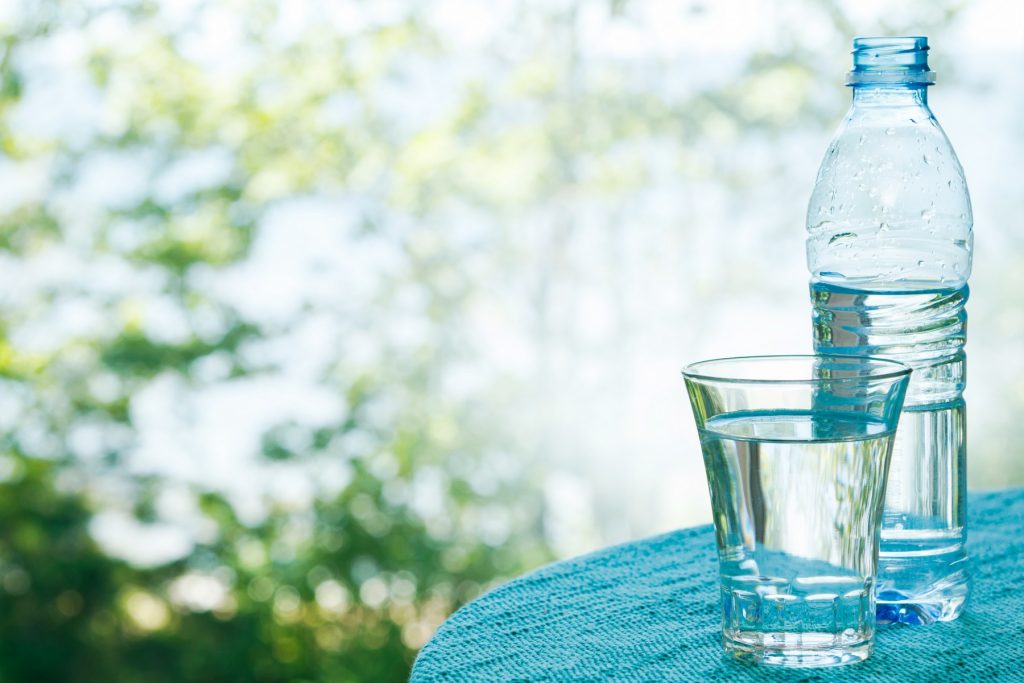
The relationship between the bottled water industry and Baltimore, MD consumers has had its ups and downs. But recent news from the International Bottled Water Association (IBWA) is good news for everyone. A recent study found that bottled water now has the lowest water footprint of all packaged drinks, using a total of 1.32 liters of water, including the 1 liter of consumable water, to produce a 1-liter bottle product.
Environmental Impact
To decrease the amount of water used, the amount of energy spent, and the amount of plastic materials needed for the production of bottled water, the bottled water industry has developed new and innovative ways to decrease the number of resources spent. According to the IBWA, some of the changes include:
- “Auditing total water use at bottled water facilities,
- Reducing groundwater extraction through improved water processing and bottling processes,
- Looking for leaks in all of their piping and tanks,
- Planting drought-resistant vegetation at bottling facilities,
- Reminding employees to be good stewards of the environment and encouraging water conservation,
- Implementing water use restrictions at their facilities,
- Implementing ultra-efficient cleaning methods inside plants to reduce water usage when cleaning reusable 3- and 5-gallon bottles for water coolers used in homes and offices,
- Reducing the use of cleaners when sterilizing water pipes, storage tanks, and finished products,
- Managing water withdrawals in a manner that ensures the long-term viability of the watershed, [and]
- Using hydro-geological evaluations on springs to assess any potential impact on local groundwater levels and stream flows.”
The result is an industry that uses fewer natural resources, creates less waste, and produces one of America’s most purchased packaged drinks. As Jill Culora, IBWA’s vice president of communications, said, “consumers who are drinking bottled water instead of other packaged drinks are making a healthy choice—and also reducing the impact on the environment.”
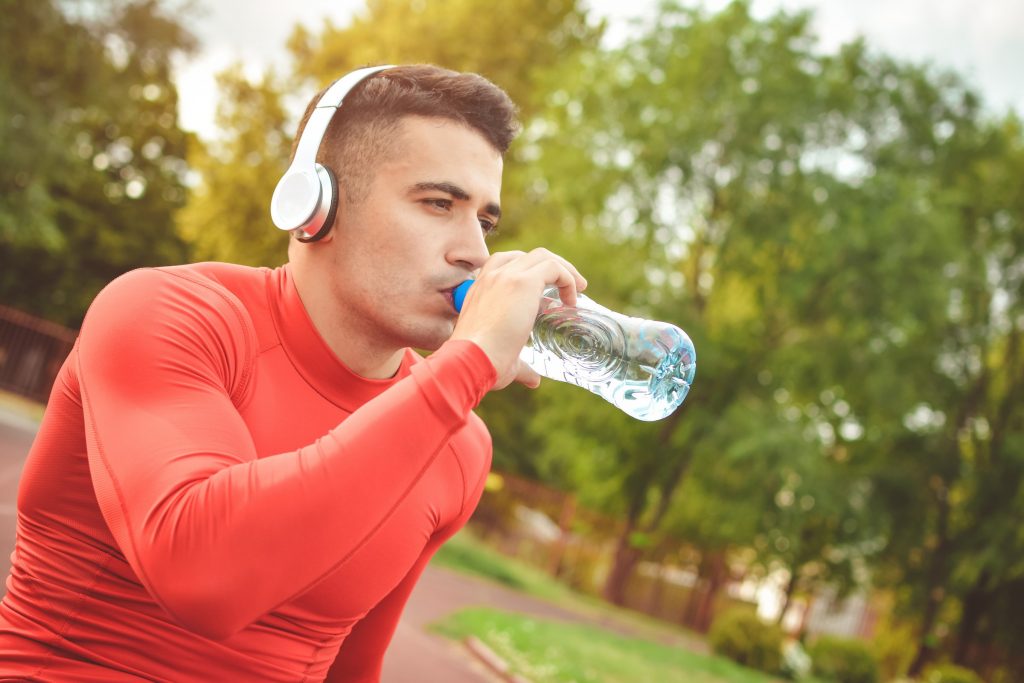
Health Benefits
Water offers multiple health benefits to those in Baltimore, MD who drink it. According to the Centers for Disease Control, water helps to regulate body temperature, lubricate and cushion joints, and protect the spinal cord. Kathleen M. Zelman, MPH, RD, LD, the director of nutrition at WebMD, writes that water keeps our body hydrated which helps all of its systems to function properly, decreases muscle fatigue which can contribute to poor performance, and helps skin to stay hydrated and healthy.
Unfortunately, most of us don’t drink nearly enough water to make up for the water that we lose every day, which can lead to dehydration. Side effects of dehydration include lack of energy and fatigue. To combat dehydration, the Mayo Clinic recommends that men drink about 13 cups or 3 liters of beverages per day, and women drink about 9 cups or 2.2 liters per day. Additionally, researchers at the University of Illinois determined that the more water a person drank, the fewer overall calories that person consumed. For most individuals, a decrease in calories, even by a small amount, can positively impact long-term health.
Do your Baltimore, MD employees enjoy water as a pick-me-up during the day? If so, be sure to include bottled water in the office break room vending machine. For the ultimate employee bonus, consider covering part or all of the cost of healthy vending machine snacks and beverages.
For more information about customizing your current vending machine options, or adding new healthy vending machines to your office break room, contact SunDun Office Refreshments at 800.466.2731.
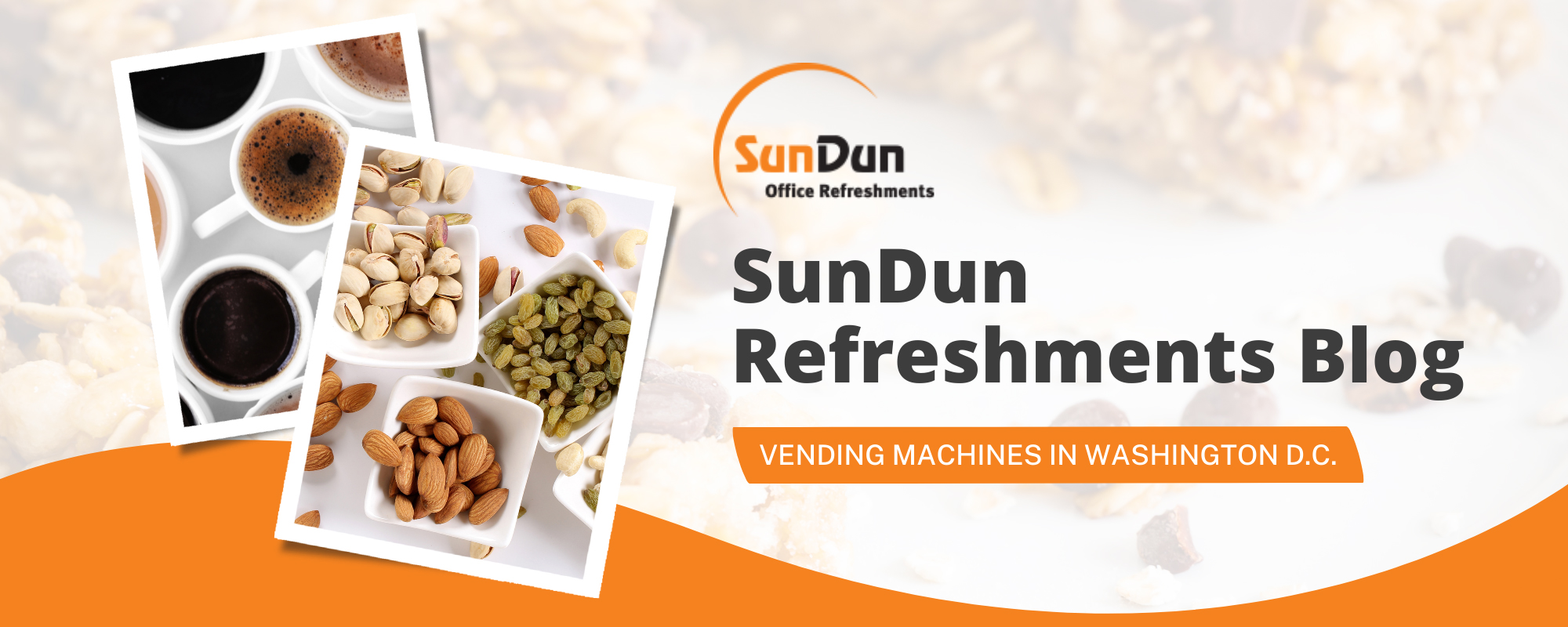 Skip to content
Skip to content 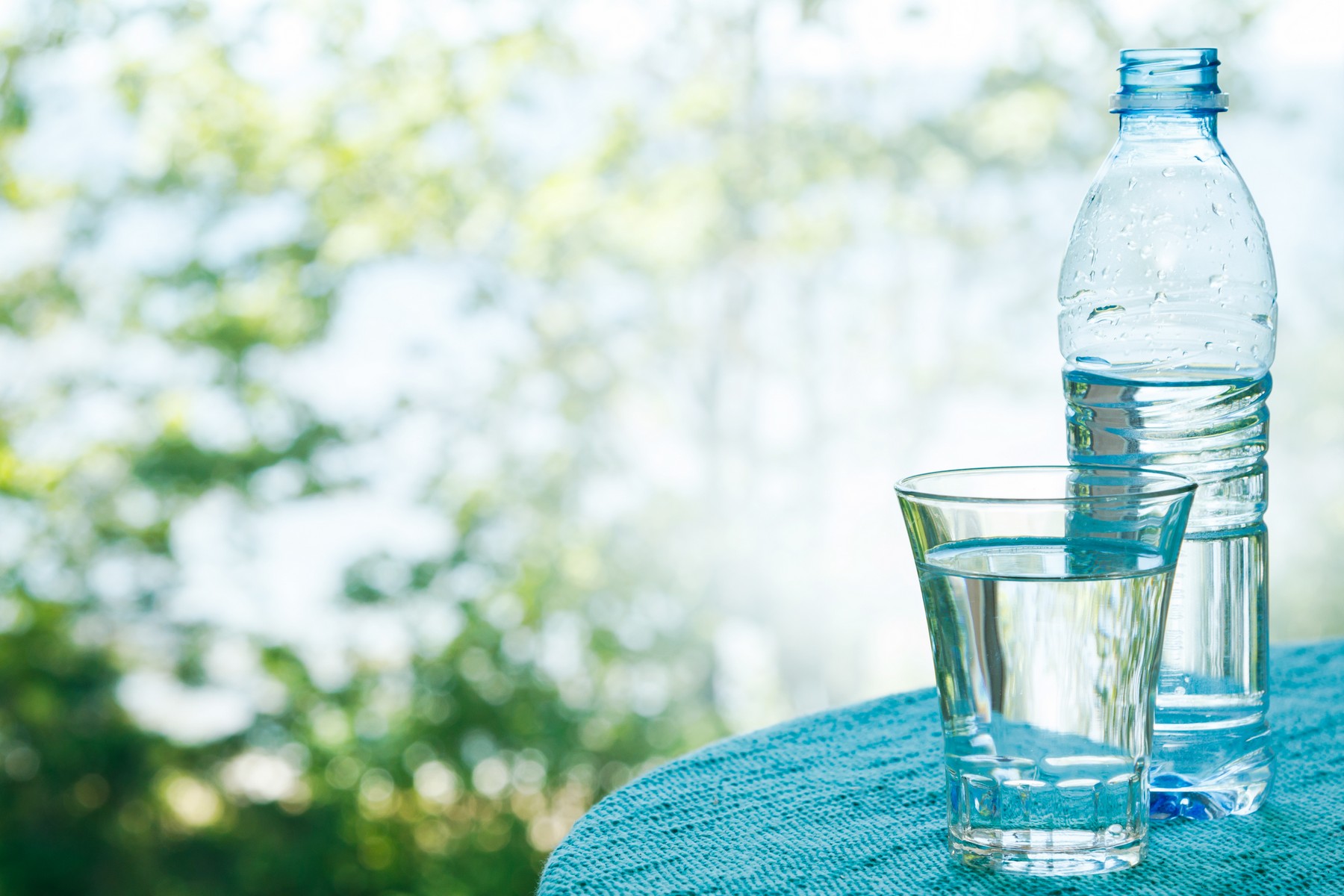
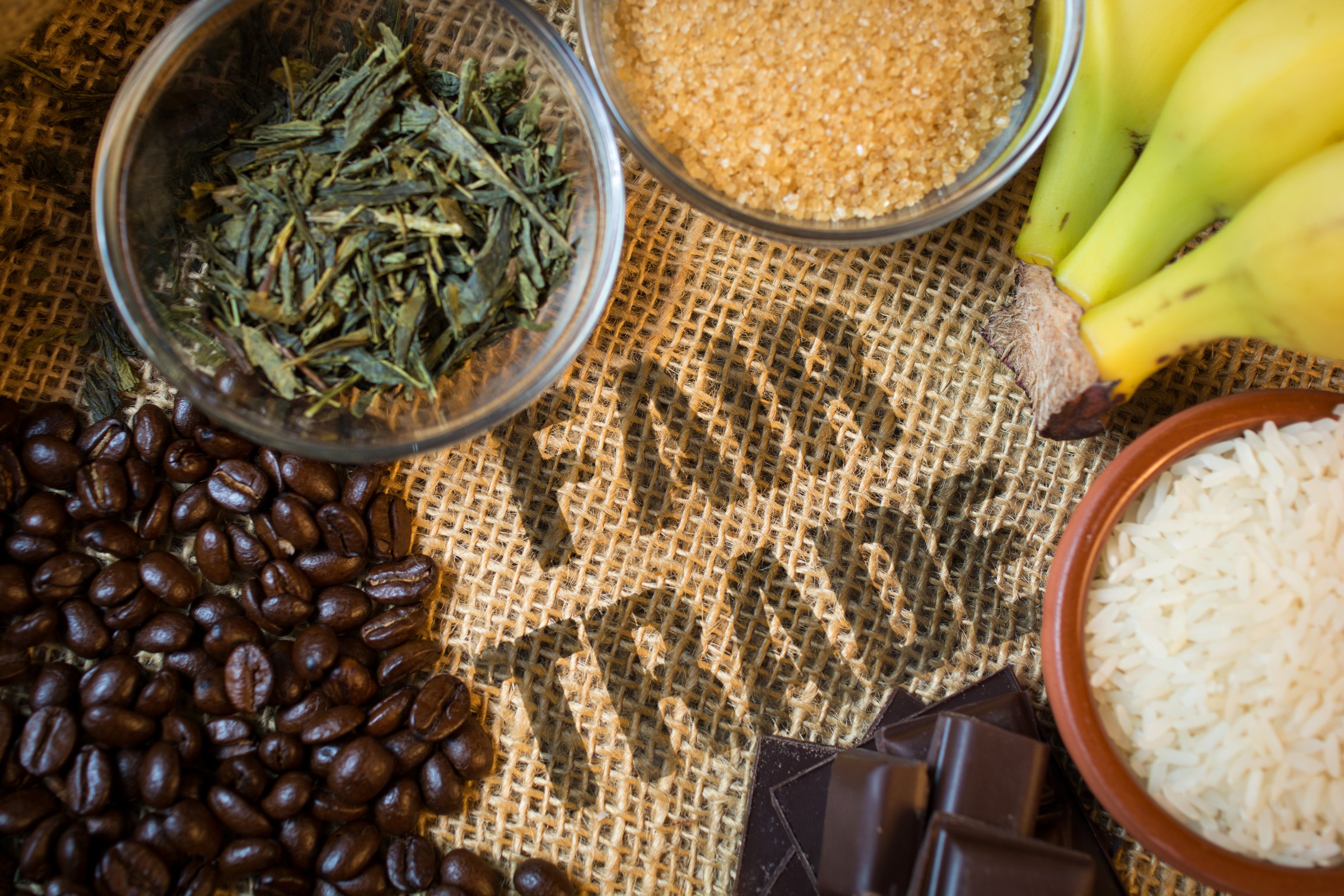

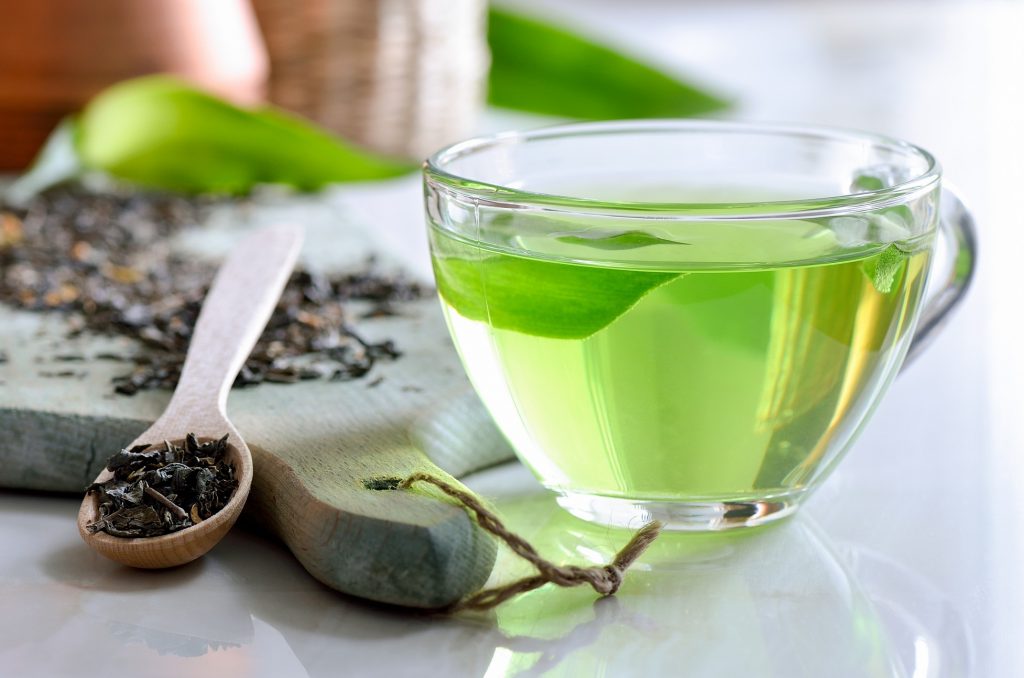
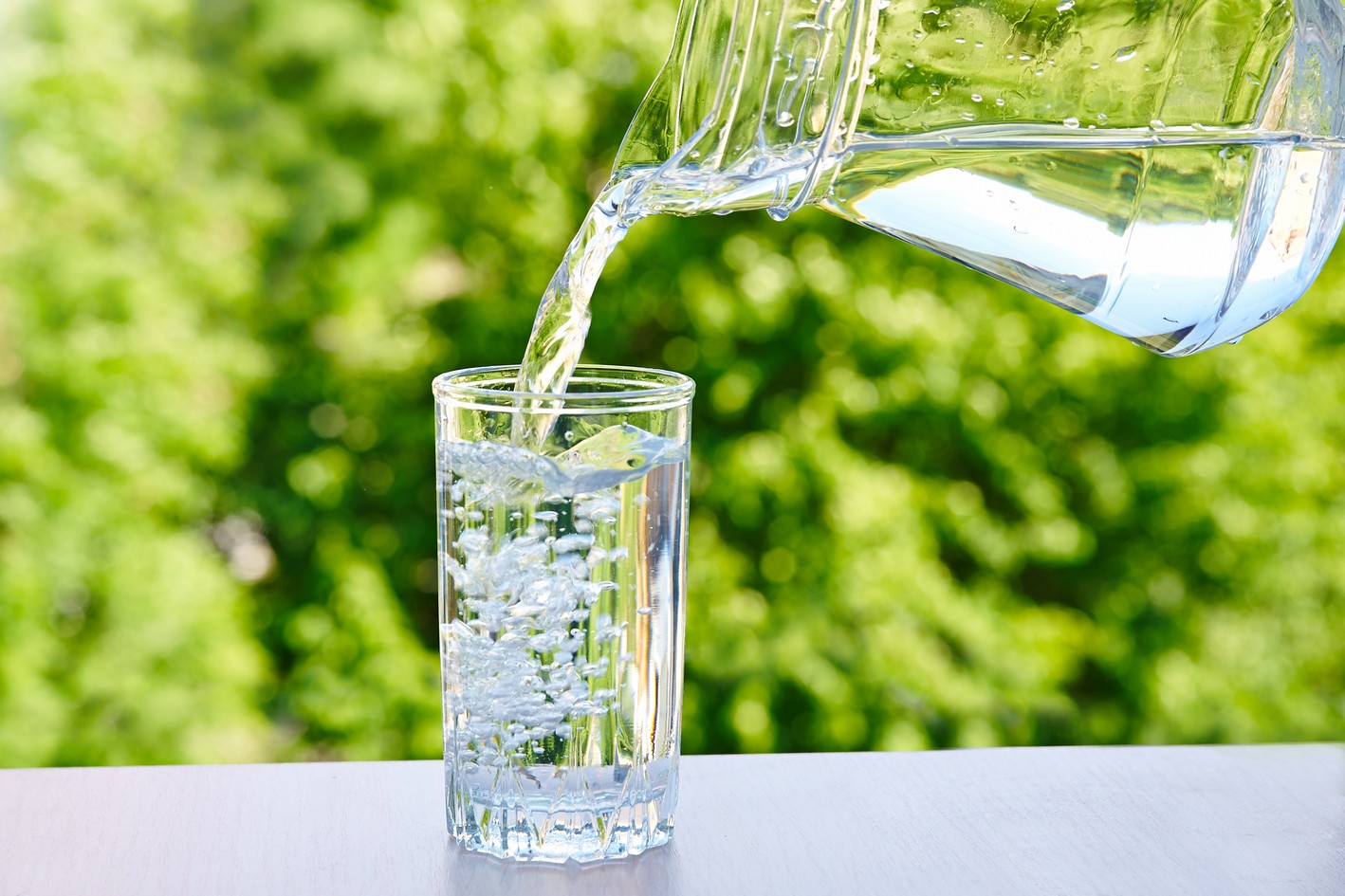

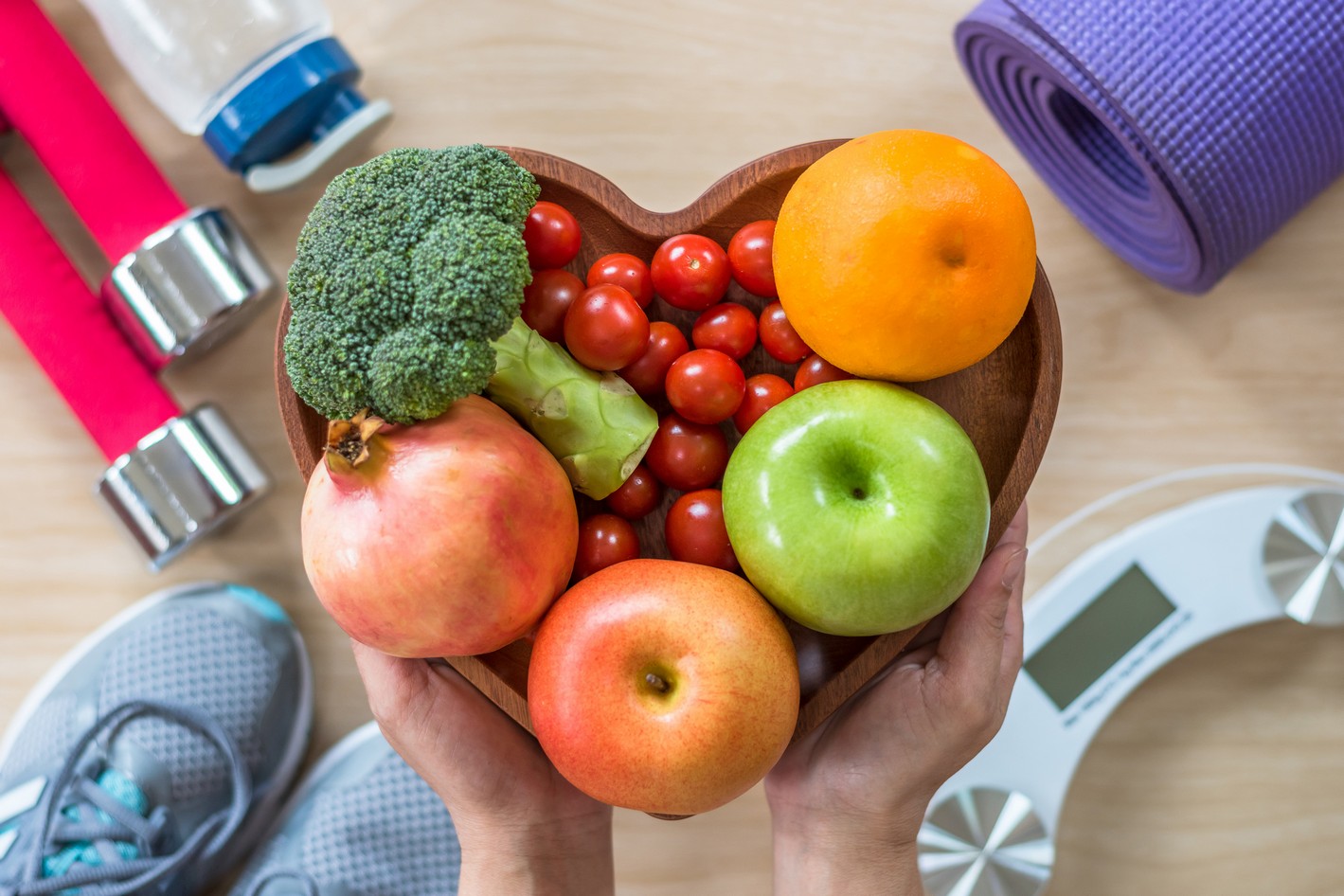
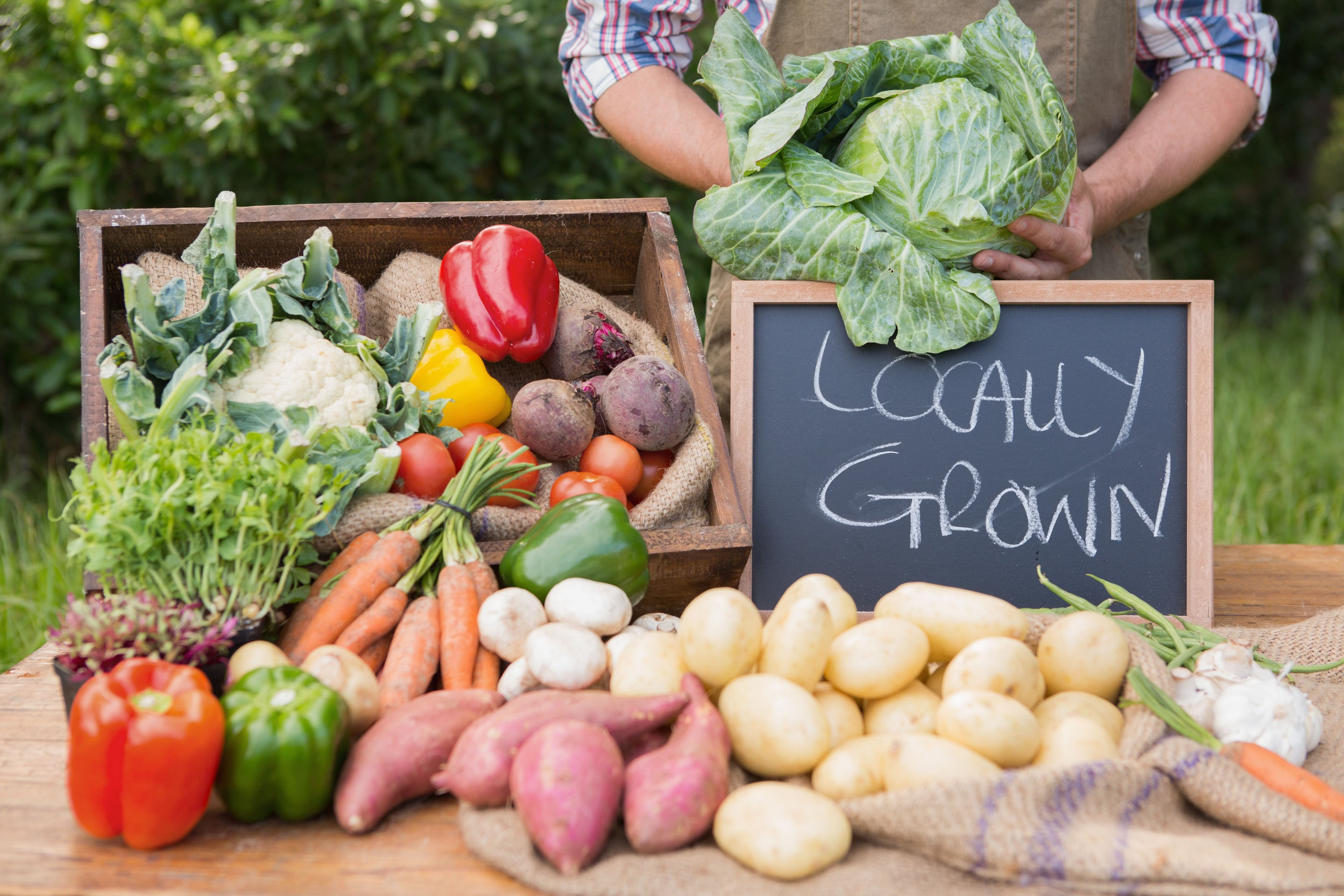




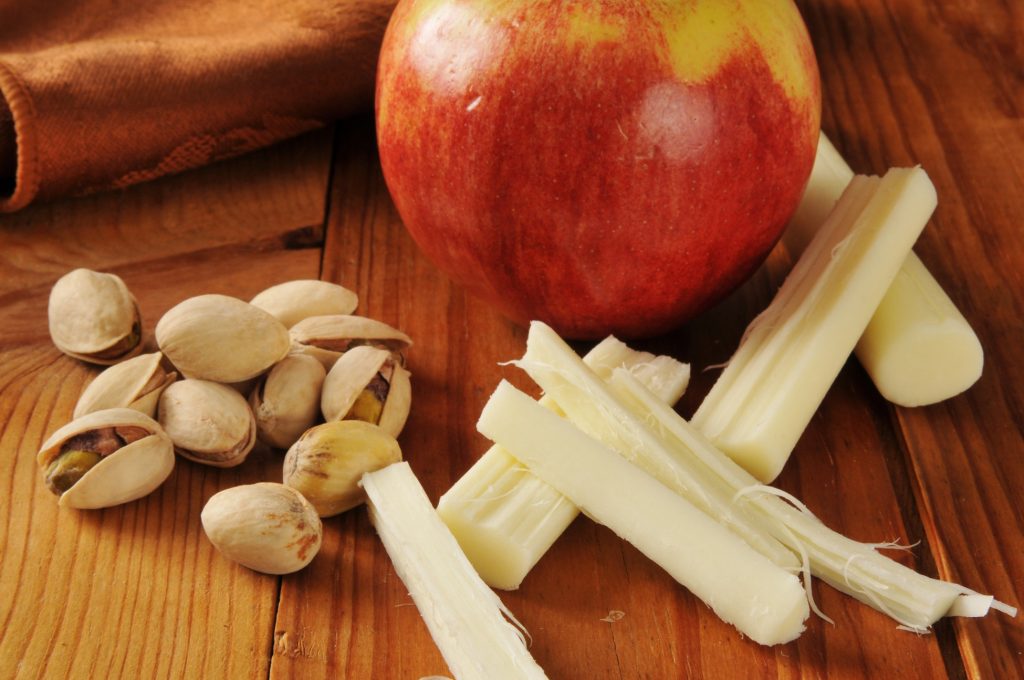
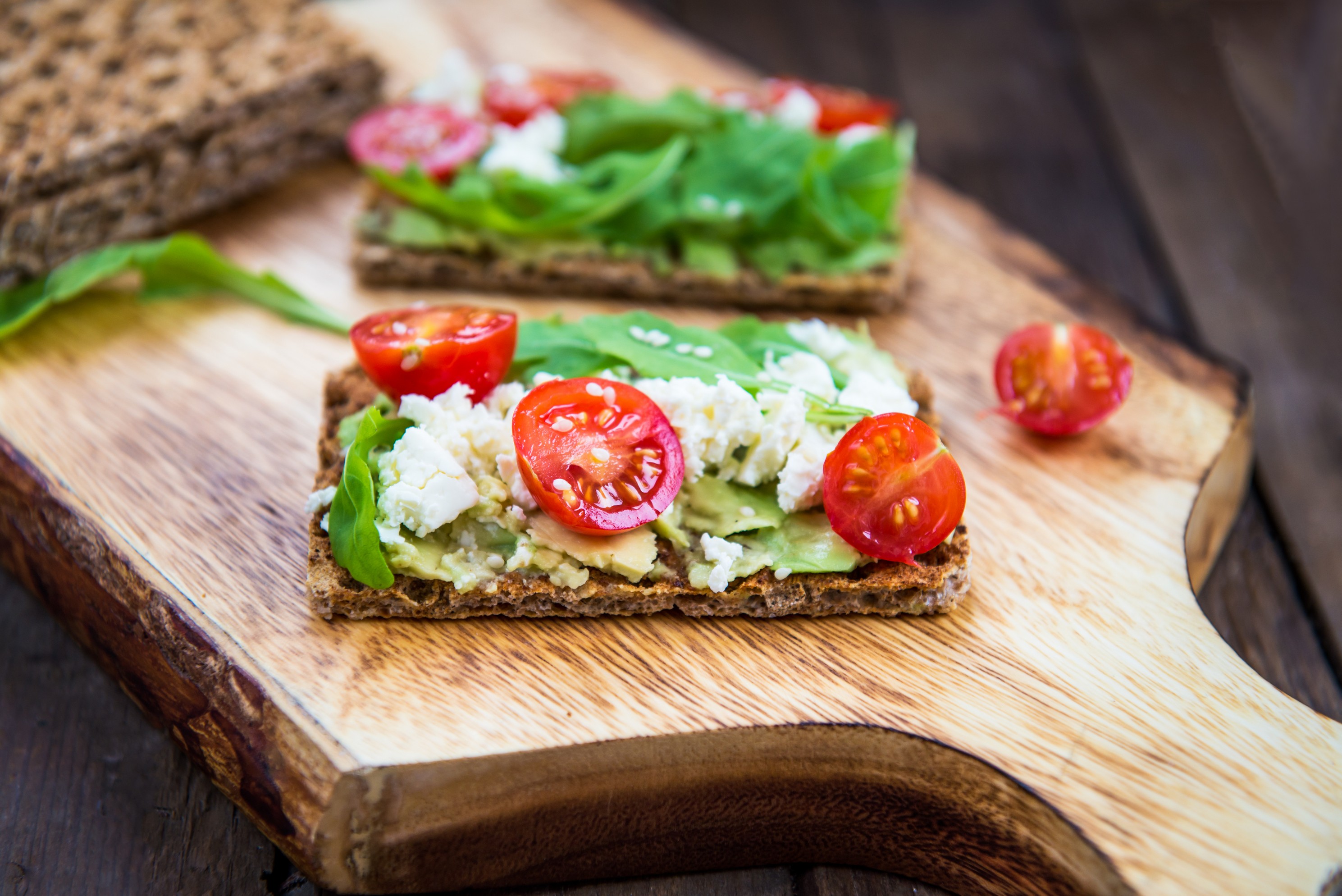
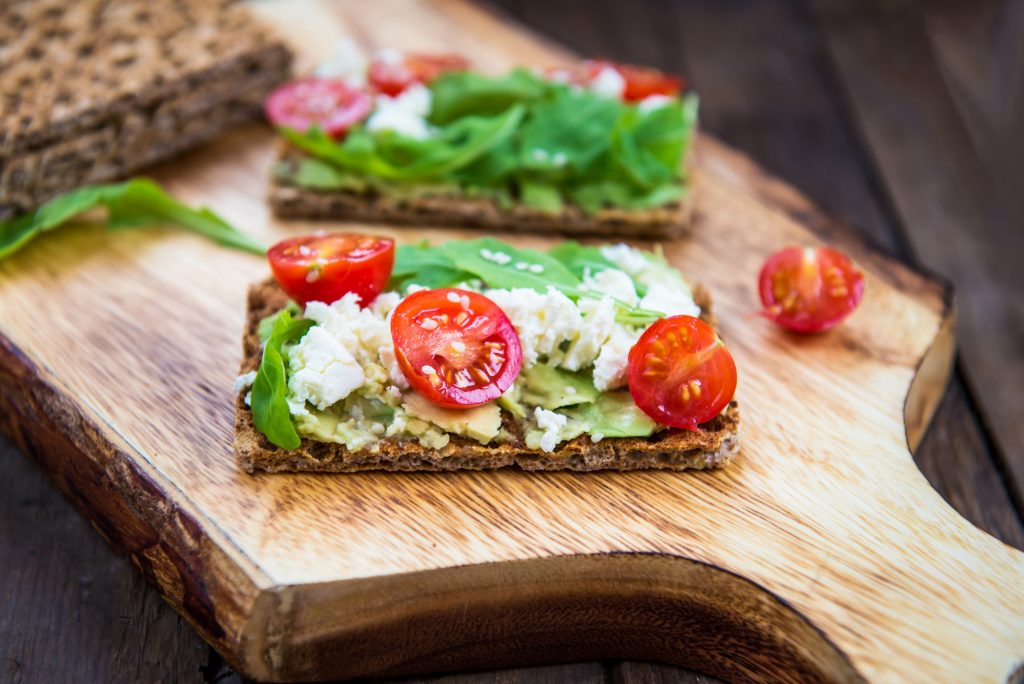
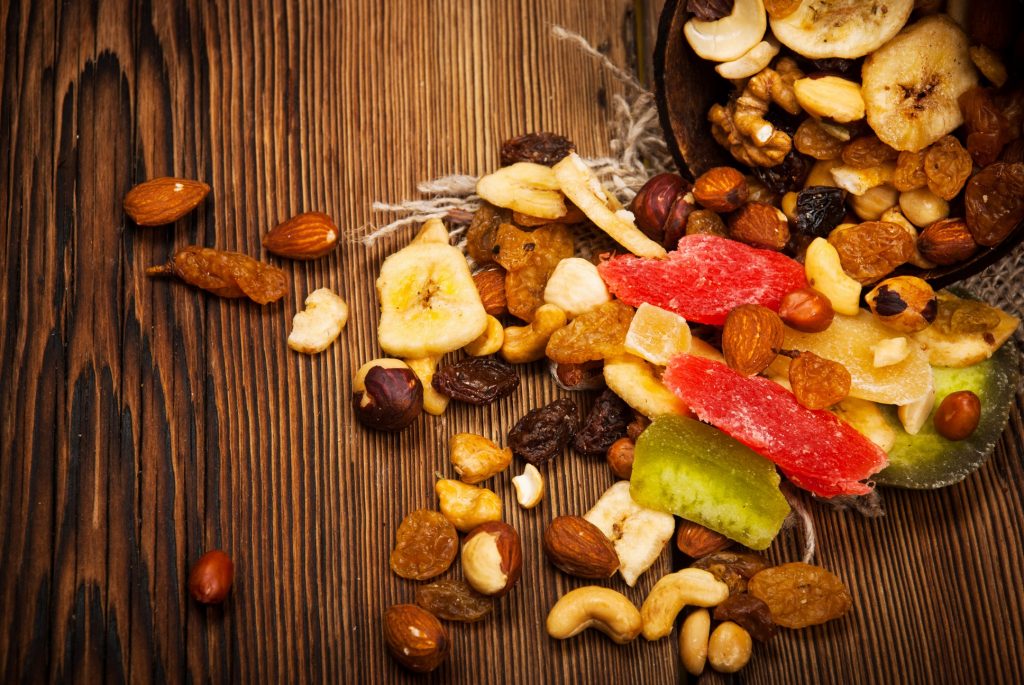
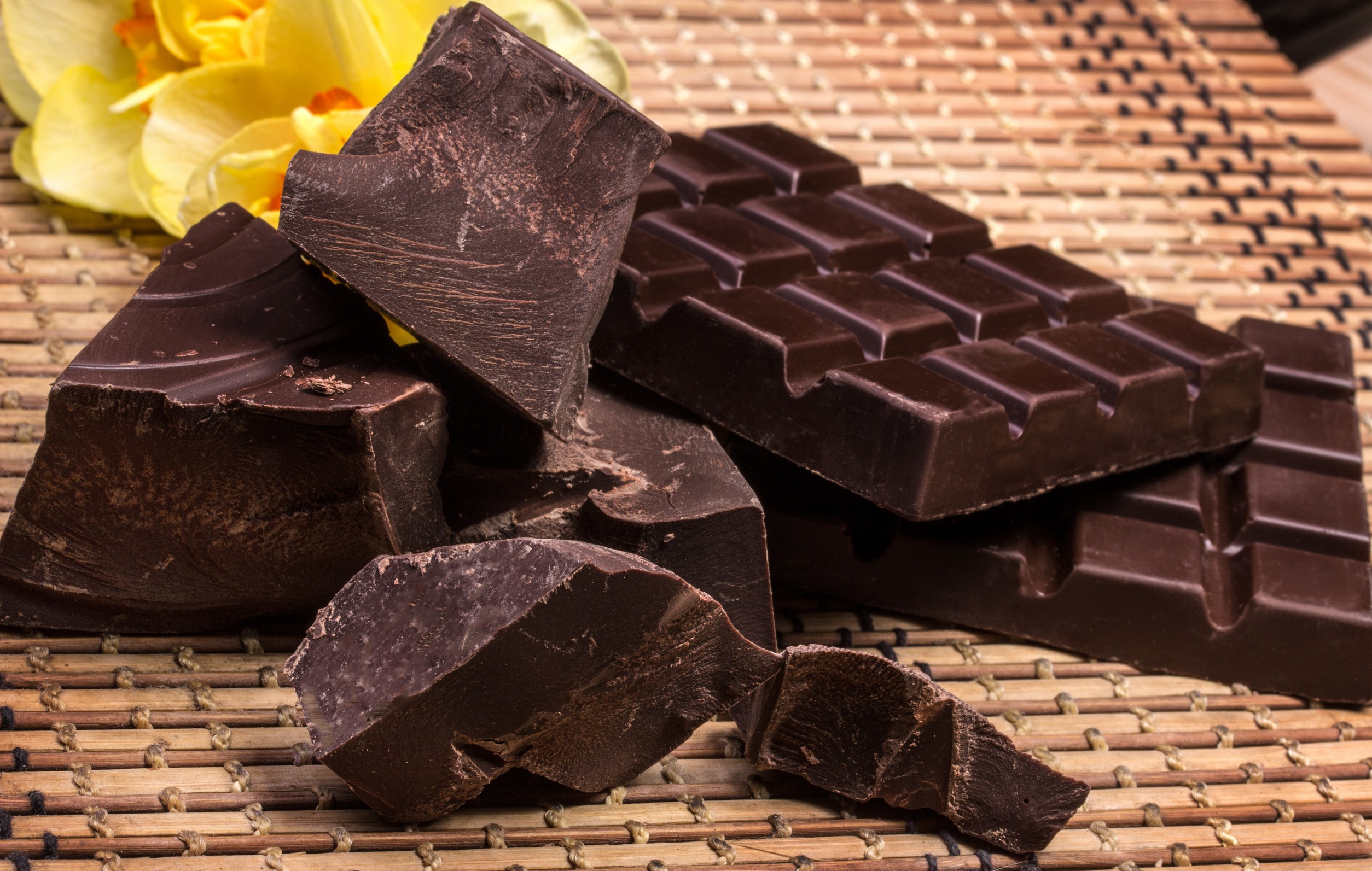
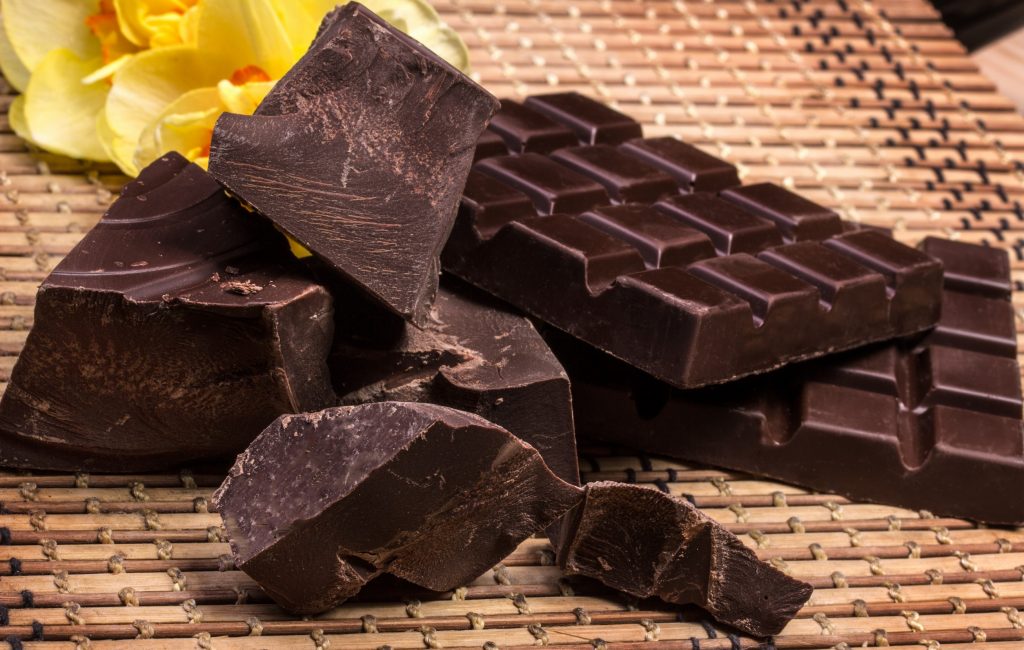 It looks like Fairfax, VA employees can add another benefit to the list of reasons why they should enjoy a dark chocolate snack—fewer irregular heartbeats. A recent study performed in Denmark by a group of Danish and American scientists found that participants who consumed two to six servings per week of chocolate made with at least 30 percent cocoa solids had an 11 to 20 percent lower chance of atrial fibrillation (AF) or irregular heartbeats. AF negatively affects over 12 million people in the United States (U.S.) and European Union (EU), and increases the likelihood that a stroke, heart failure, cognitive decline, or dementia will occur.
It looks like Fairfax, VA employees can add another benefit to the list of reasons why they should enjoy a dark chocolate snack—fewer irregular heartbeats. A recent study performed in Denmark by a group of Danish and American scientists found that participants who consumed two to six servings per week of chocolate made with at least 30 percent cocoa solids had an 11 to 20 percent lower chance of atrial fibrillation (AF) or irregular heartbeats. AF negatively affects over 12 million people in the United States (U.S.) and European Union (EU), and increases the likelihood that a stroke, heart failure, cognitive decline, or dementia will occur. 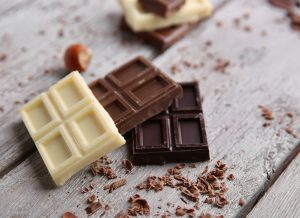 Of all of the types of chocolate available in Fairfax, VA, dark chocolate meets those criteria the best. But it is still important to check each bar of chocolate for the percentage of cocoa solids because those can vary. For example, in the EU, milk chocolate must contain a minimum of 30 percent cocoa solids while in the U.S., a minimum of 10 percent is required for the chocolate to be considered milk chocolate. Dark chocolate also has different requirements between the two locations—43 percent cocoa solids in the EU and 35 percent in the U.S. So, how do these percentages play out when it comes to the ingredients of dark, milk, and white chocolate?
Of all of the types of chocolate available in Fairfax, VA, dark chocolate meets those criteria the best. But it is still important to check each bar of chocolate for the percentage of cocoa solids because those can vary. For example, in the EU, milk chocolate must contain a minimum of 30 percent cocoa solids while in the U.S., a minimum of 10 percent is required for the chocolate to be considered milk chocolate. Dark chocolate also has different requirements between the two locations—43 percent cocoa solids in the EU and 35 percent in the U.S. So, how do these percentages play out when it comes to the ingredients of dark, milk, and white chocolate?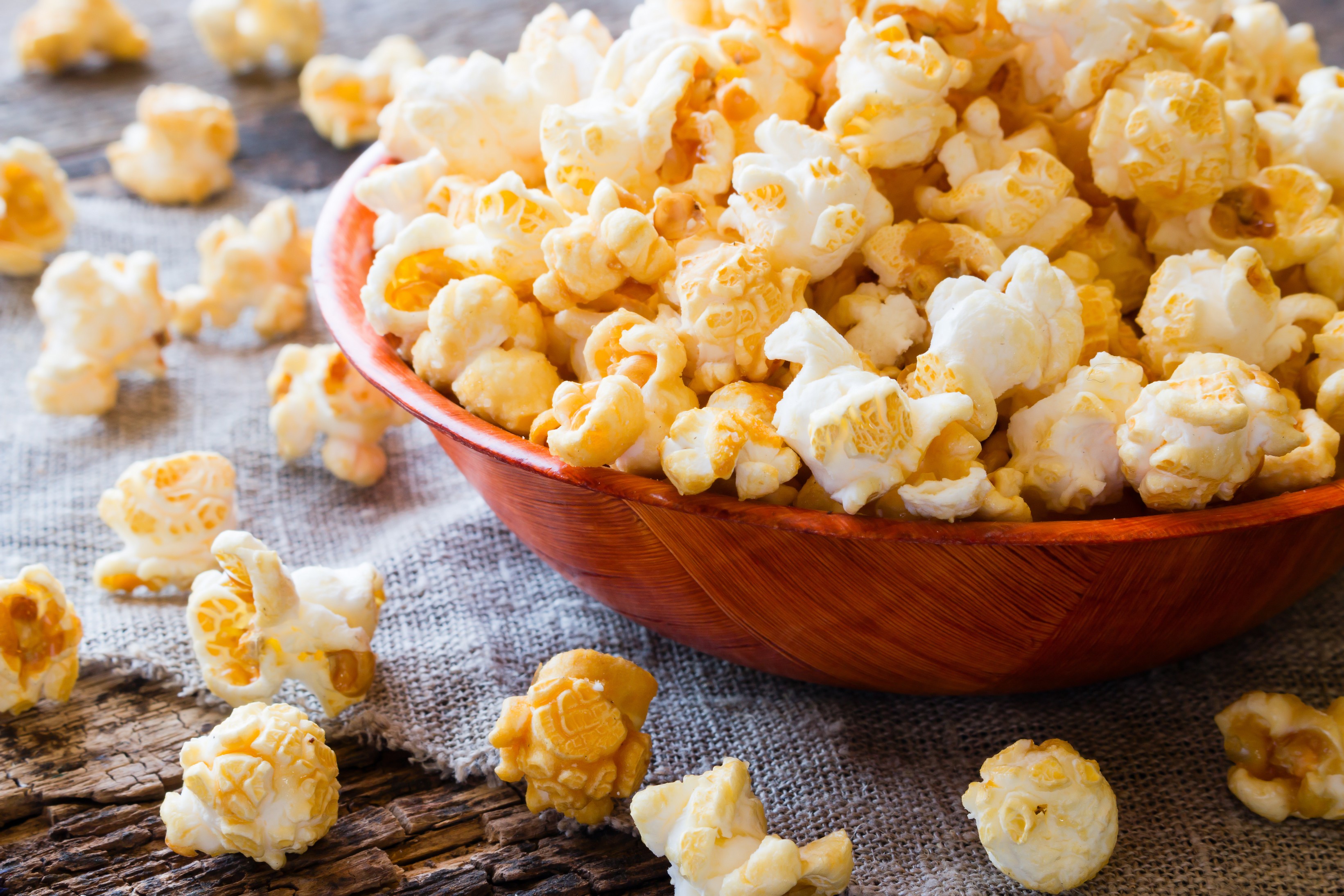
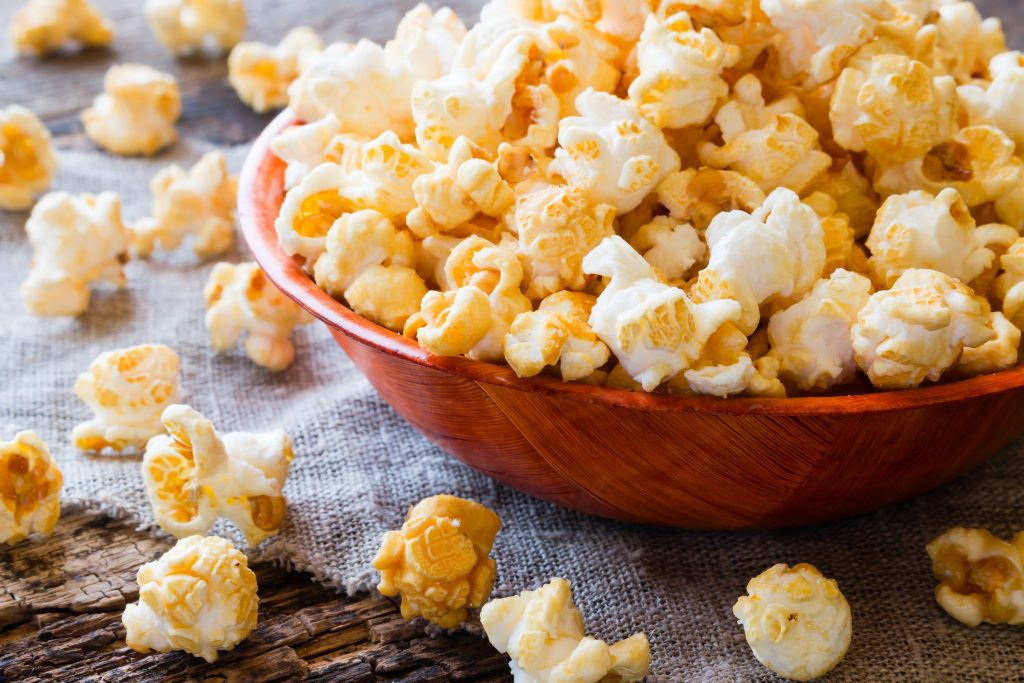
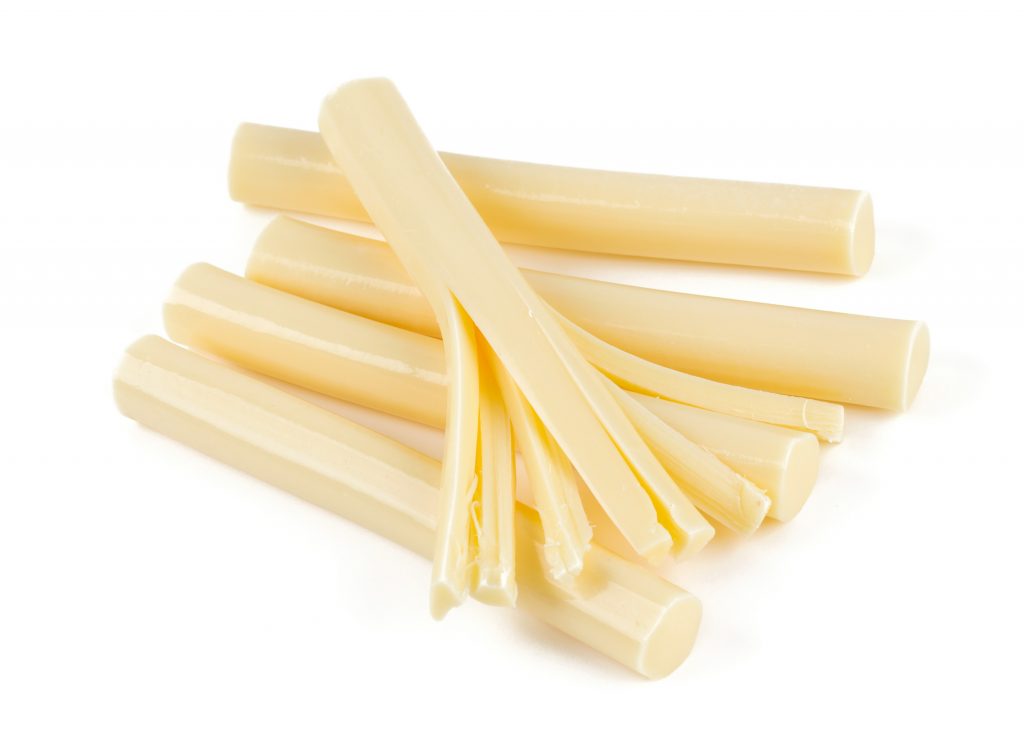 But will offering more healthy choices really have a positive impact? According to recent research in the
But will offering more healthy choices really have a positive impact? According to recent research in the 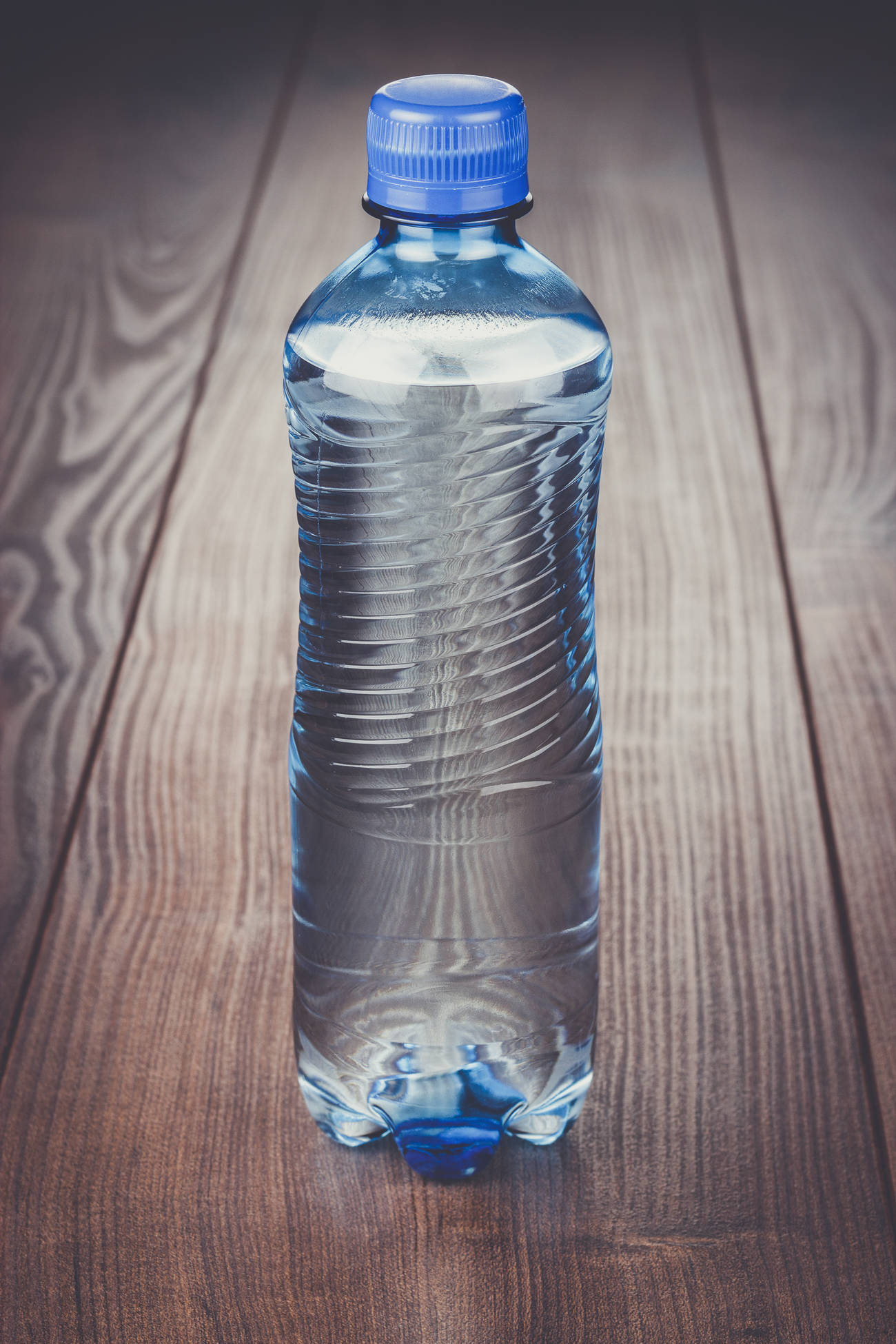
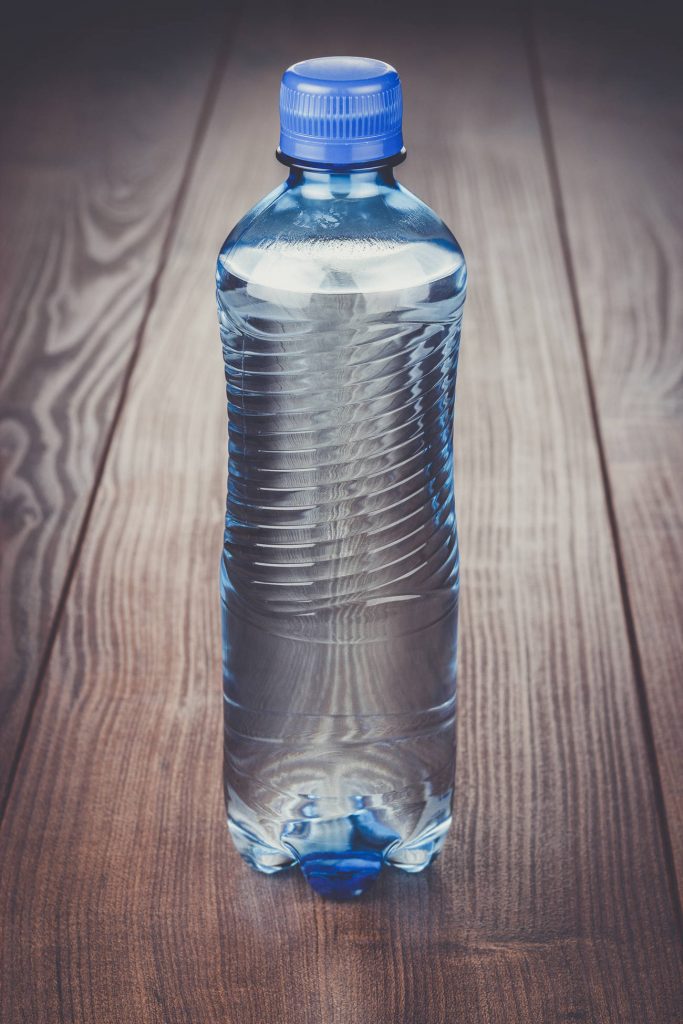
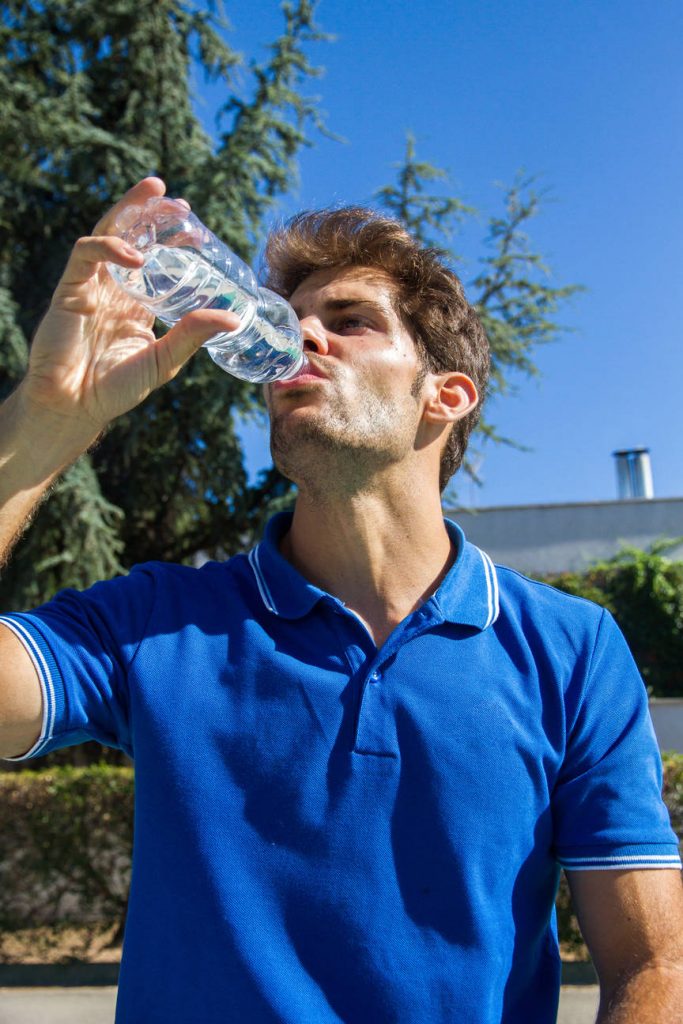 It can be consumed at any time of the day.
It can be consumed at any time of the day.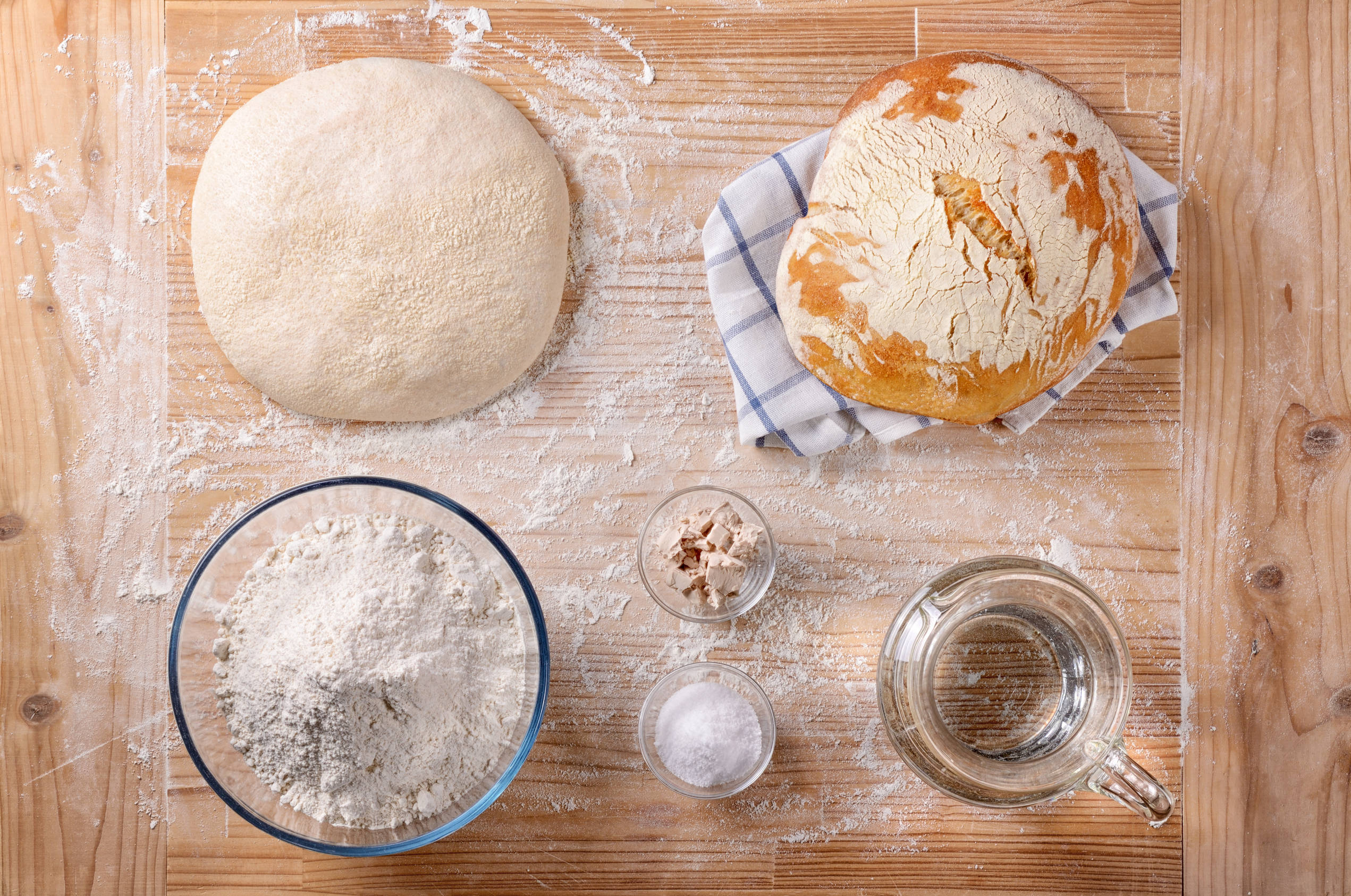

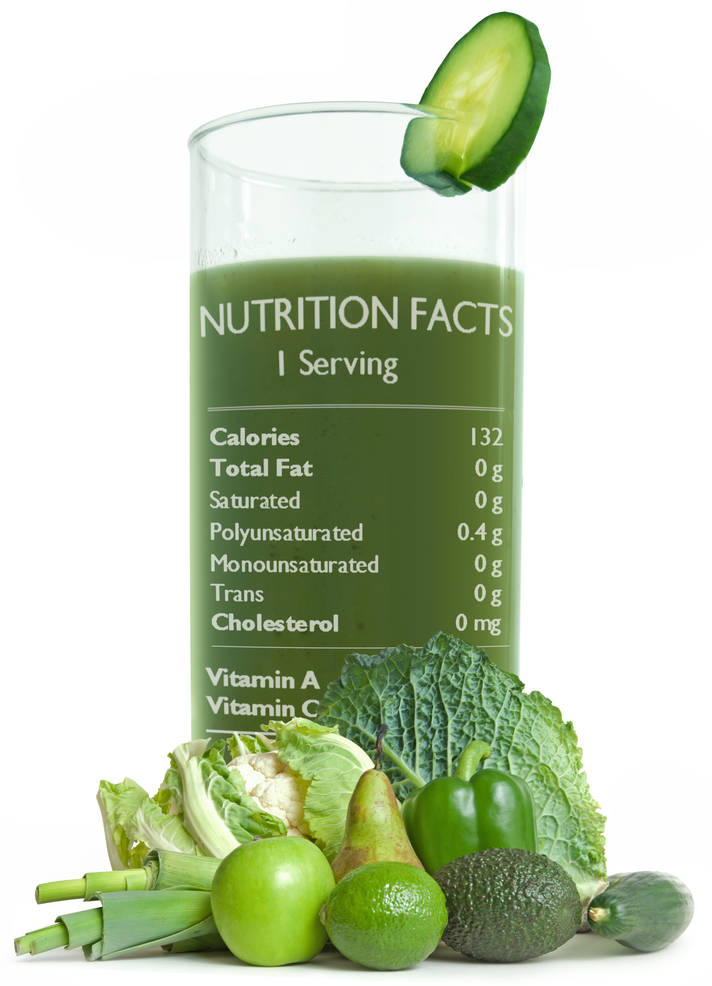 Nutrition Labels
Nutrition Labels